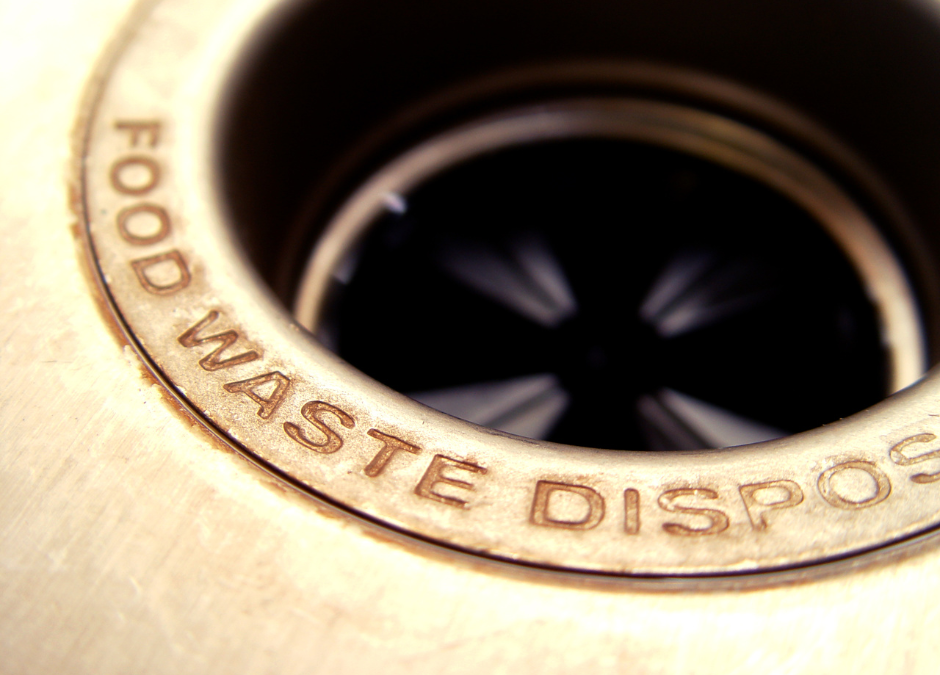Your garbage disposal is the hidden gem of your kitchen, making quick work of the food debris that would normally clog your pipes, preventing one headache of a plumbing issue. While a relatively low-maintenance appliance, your disposal is not a miracle worker and requires smart use and occasional maintenance to continue being an effective part of your clean-up routine. Following the tips below will keep your disposal working efficiently and safely!
- Avoid putting fatty foods, grease, or starchy foods, like potatoes and pasta, down the disposal. As they break down, these items will gum up your disposal and plumbing, building up over time to create clogs. While it might be tempting, don’t use hot water to break up fatty clogs as it will just cause these foods to melt and further distribute through the system. Instead, try putting ice cubes and a cup or so of rock salt in the disposal, running for a minute to allow the ice and salt to act as an abrasive to remove any built-up gunk.
- Don’t stop your disposal too soon when grinding up food. To operate, run water while activating the disposal. Keep it running until you hear a soft whirring, instead of grinding, indicating that the food has been processed enough to flow smoothly through your plumbing.
- Don’t put hard or fibrous foods down the drain. Hard items, such as bones or fruit pits can either jam or dull your blades, while fibrous items such as celery or corn husks can wrap themselves around the motor, causing it to jam.
- To help remove unpleasant odors emanating from your disposal, try cutting up lemons into small pieces (remove the seeds!) and grind them in the disposal with warm water, which will release the citrus oils in the lemon rind. In addition to the natural antibacterial qualities of citric acid cleaning the disposal, the fresh lemon smell will permeate your kitchen.
- Never put your hands in the disposal to clean or remove clogs/jams. Accidents happen and it’s not worth the risk of the disposal turning on while you are maintaining it. Instead, use tongs to dislodge any stuck food. If you must get into the unit, first disconnect it from the power source under your sink to ensure it can’t accidentally be activated.
Check out this comprehensive list of things NOT to put down your disposal.


Recent Comments